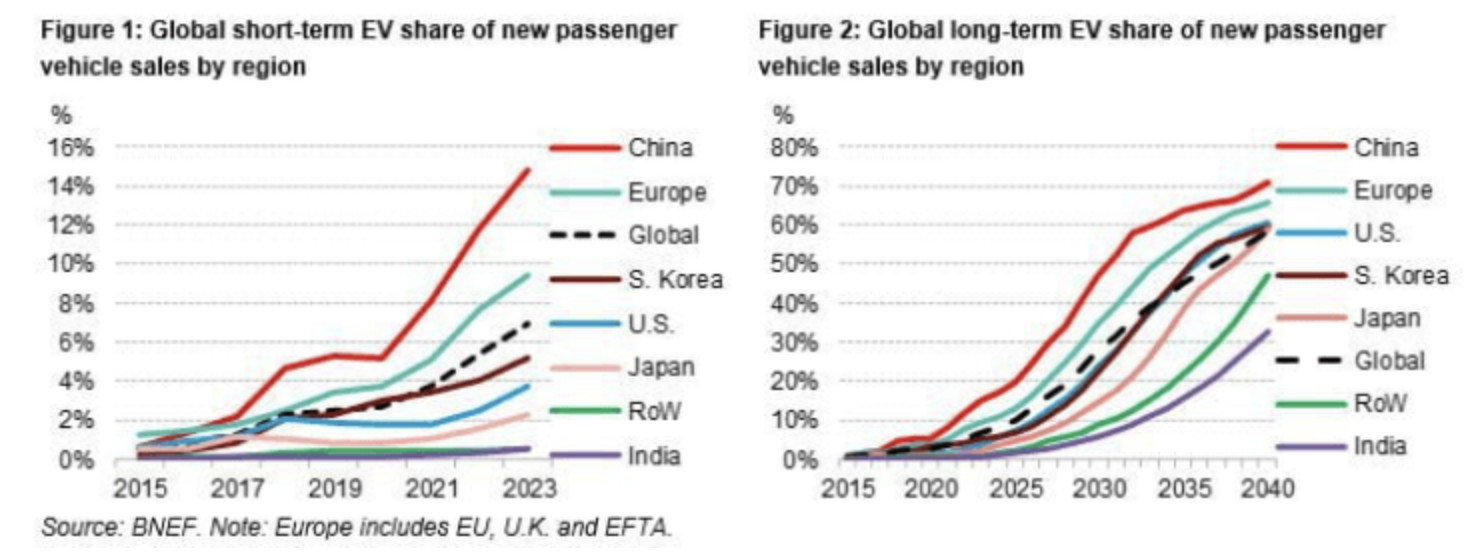Electric vehicles are the future. Consumers are interested in the greatly reduced fueling costs, minimal parts and maintenance, reduced carbon emissions, and exhilirating acceleration and power. The US big 3 automakers are chasing Tesla's dominance in the EV space:
Best of all, rebates and incentives save you money when you purchase or lease a new EV, helping make your transaction more affordable.
- On Jan 20, 2021, General Motors announced that they aim to sell only zero-emission cars and trucks by 2035
- Ford announced a $29 billion investment in EVs and autonomous vehicles through 2025, with a statement that in the future, the majority of Ford vehicles will be electric, while traditional gasoline powertrains will be augmented with hybrid and plug-in hybrid powertrains
- Stellantis – the product of a $52 billion merger between automakers Fiat Chrysler and Groupe PSA – plans to offer an array of all-electric or hybrid vehicles through 2025
- A record number of almost 100 pure electric EV models is set to debut by the end of 2024
Source: SeekingAlpha
However, one of the most commonly cited barriers is the uncertainty associated with needing access to charging facilities for PEV drivers to plug in their vehicles (range anxiety). EV charging companies, towns and municipalities, individual businesses, local and federal government, are all interested in providing servies and capitalizing on this projected need. But how many and what kind of charging stations are needed? Where and how often do PEV drivers charge? The charging model for EVs is very dissimilar to that for fossil fuel vehicles, with charging time dependent on charger type and battery capacity. Therefore it's not as simple as adding EV charging stations to gas stations. The user's charging behavior will vary depending on where they live, where they work, and their travel patterns. Other than at home or at the workplace (primary and secondary charging locations), charging also occurs at individual charging stations at different parking lots. There are lots of logistical questions to answer, but what is clear is that publicly accessible EV charging infrastructure will need to be expanded.
In this project, I will develop a proposal for EV charging station distribution in WA state over time until 2030, based on historical and projected EV sales in WA and the current EV charging station distribution in WA.
